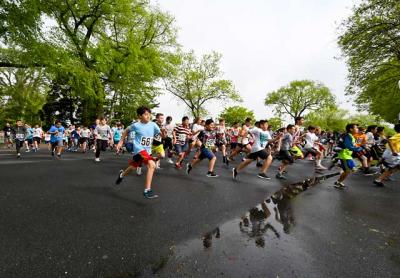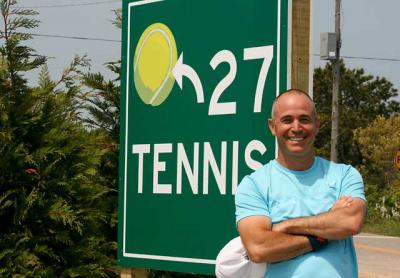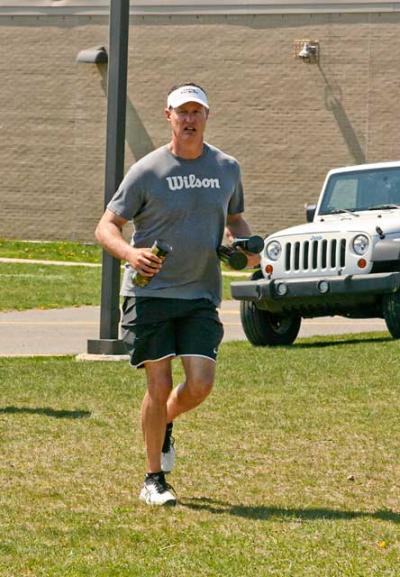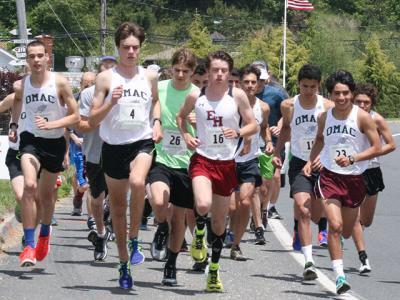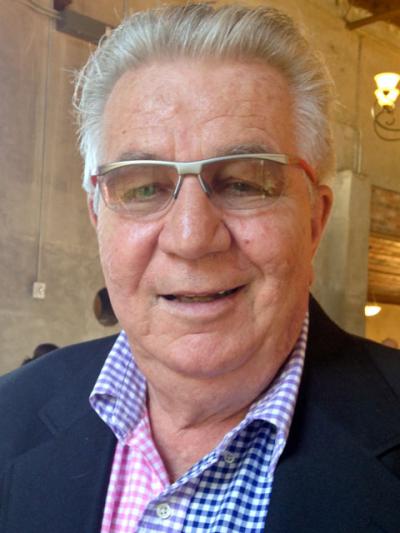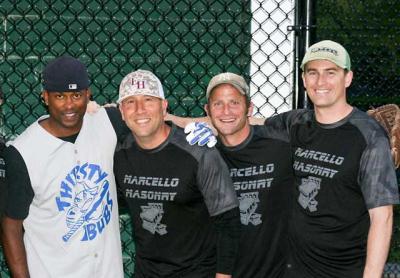Remarkable Four-Year Snowboarding Span
Remarkable Four-Year Snowboarding Span
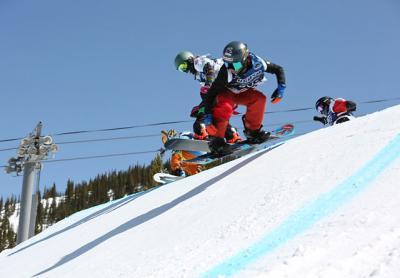
Noah Avallone, a young snowboarder from Montauk who turned 11 on May 16, continues shredding in Shaun White’s gnarly wake, the latest feather in his cap being a runner-up finish at the United States of America Snowboard and Freeski Association’s national championships in Colorado in April.
Going up against his 11-and-under peers, Noah competed in all five events — halfpipe, slopestyle, giant slalom, slalom, and boardercross (downhill races versus several opponents) — over the course of five days.
“They’re all Olympic events,” Mike Avallone, Noah’s father and coach, said during a recent conversation here. “There were up to 72 kids in each event from the nation’s 32 regions, and there were some international competitors too.”
Noah, whose favorites are halfpipe and boardercross, won this event among the 9-and-under menehunes last year. Each year it gets tougher. “There were nearly double the amount of kids in his division this year, and most were older,” said Mike. “Noah was the youngest kid on the podium.”
“Every Olympian has done what Noah is doing,” the elder Avallone continued, in answer to a question, “and each year it becomes more challenging.”
For his part, Noah, who was keeping his balance nearby as he moved about on an indoor practice surfboard, said, when asked, that he loved snowboarding, more so than surfing — “the origin sport,” according to his father.
“The only reason he’s not as good at surfing as he is in snowboarding is that he doesn’t apply himself as much to surfing,” his father interjected. “There’s more structure to snowboarding, it’s more competitive, there are more kids, and Noah likes the socializing.”
Still, Noah’s no slouch when it comes to surfing. He qualified last weekend for the Eastern Surfing Association championships, which are to be held in Nags Head, N.C., from Sept. 22 to 28.
He’s never competed in skateboarding — another surfing offshoot — though he’s very good at it, and undoubtedly will be even better after attending a skateboard camp in Woodward, Pa., this summer.
When it comes to competing in the three sports, “you have to pick and choose,” Mike said.
Noah’s runner-up finish at the nationals followed by about a month his appearance at the invitation-only U.S. Open Junior Jam in Vail, Colo. He was, his father, said, “the youngest kid,” one of two 10-year-olds who’d been invited to attend.
He finished 13th among the 16 competitors in the 14-and-under division there. “There was a massive difference in age,” said Mike, “and the riders were from all over the world. Noah had nothing to lose — we were pleased that he was invited. All the Olympians were there, competing in the pro division, and he got to hang out with them. . . . They were encouraging.”
“Shaun White’s coach, J.J. Thomas, said Noah is technically perfect. Now, he just needs to get bigger, stronger, and faster so that he can increase his speed in the halfpipe and so that he has more time to do tricks. You can’t spin three times if you’re not going big enough. It [the higher amplitude] will come.”
“We’re focusing on national championships now,” Mike continued. “He was second in 2015, first in 2016, and first in 2017. In four consecutive years he’s done no worse than second — a great accomplishment.”
So, yes, the Olympics beckon. At 14, Noah will be too young for the 2022 winter games in Beijing, which means he’ll be shooting for 2026, whose site has yet to be determined.
And with that, father and son were off to do some surfing at Ditch Plain.

